Neisseria flavescens are a bacterial species that belong to the Proteobacteria division, the Betaproteobacteria class and the Neisseriales order and belong to the genus Neisseria of the Neisseriaceae family. The obligatory aerobic bacteria are basically non-pathogenic and live as commensals in the upper respiratory tract. In the meantime, however, they have also been associated as pathogens with cases of meningitis, lungs and heart inflammation.
What are Neisseria flavescens?
Bacteria of the genus Neisseria are a group of bacteria with Gram-negative staining behavior, which are assigned to the Neisseriaceae family and thus the only family in the Neisseriales order of beta-proteobacteria. The superordinate department corresponds to the diverse group of nucleated proteobacteria. The Neisseria were named after bacteriologist Albert Neisser. He is considered to be the first to describe the gonorrhea pathogen Neisseria gonorrhoeae.
The individual species of Neisseria occur in the form of diplococci. So they occur in a paired arrangement of spherical bacterial cells. Four different species of Neisseria are of high medical relevance. One of them is the species Neisseria flavescens, which is characterized by the golden yellow color of its colonies.
Like all other Neisseria, the Neisseria flavescens species is obligately aerobic. At their contact points, the bacteria have a flattened shape that reminds them of a coffee bean. Different strains belong to the Neisseria flavescens. They are generally assessed as apathogenic. However, their role as pathogens is so far unexplained or even controversial, as they have recently been isolated from various inflammations. Usually they inhabit humans as commensals.
Occurrence, Distribution & Properties
The Neisseria flavescens form colonies in culture with a typically golden yellow color. Your metabolism is obligatory aerobic. This means that they depend on oxygen for growth and carry out oxidation using the enzyme oxidase. The elementary oxygen is essentially required by them for metabolism within the energy metabolism. The obligatory aerobics applies to all species of Neisseria. Many other bacteria have an extremely adaptable metabolism and are therefore not necessarily dependent on oxygen. The aerobicity of the Neisseria is therefore an important characteristic when distinguishing it from other bacteria.
Neisseria flavescens form polysaccharides from sucrose and are susceptible to colistin. In addition to oxidase, the bacteria have the enzyme catalase. Nevertheless, unlike many other bacteria, they cannot convert lactose, fructose, mannose, glucose and similar substances into acid.
The constant temperature in the human body offers the species Neisseria flavescens ideal growth conditions. Since they are dependent on oxygen, they particularly colonize the human respiratory tract. The mucous membranes of the upper airways are a particularly popular milieu. The bacteria live there as commensals. Commensals neither cause harm to their host, nor do they benefit it. This neutral colonization is to be expected above all from bacteria that have long been used by humans as hosts. The longer a bacterium has lived in a certain organism, the sooner mutual adaptation has taken place.
Since the bacteria of the Neisseria flavescens species colonize the upper respiratory tract of a person without causing symptoms, they are generally classified as non-pathogenic. Nonetheless, medicine considers the species' bacteria to be a major contributor to epidemics such as the recent Chicago meningitis outbreak.
Illnesses & ailments
Neisseria flavescens can evidently play a pathogenic role under certain circumstances. You were isolated from an epidemic related to the Chicago meningitis outbreak. The bacteria were in the cerebrospinal fluid of the infected people. In around forty-seven cases of meningitis, around fourteen people carried Neisseria flavescens at the time. Since the mortality rate among the fourteen people with Neisseria flavescens in the CSF was higher than that of the other patients, the relevance of the bacterium for meningitis has since been emphasized.
In addition to meningitis, the bacterial species can appear to cause sepsis if carried into the bloodstream. This can be the case, for example, after an operation on the upper airways. The risk of sepsis exists especially for people with poor immunity due to their age or illness. A healthy immune system attacks the bacteria after they have entered the blood system and usually makes them harmless before they can cause blood poisoning (sepsis). As a pathogen, the bacterial species can apparently be associated with fever, chills, headache and muscle pain or joint pain and rash.
Smears from skin lesions or blood cultures can be used to identify the pathogen. In addition to meningitis and blood poisoning, the species Neisseria flavescens was also isolated from inflammation in the lower respiratory tract in the past. The pathogen identification in the context of pneumonia and empyema has so far only taken place in a diabetic patient. This correlation suggests that the aspiration (ingestion) of bacteria from the upper respiratory tract carries the risk of pneumonia, at least in constitutionally weakened patients.
The bacteria of the species Neisseria flavescens have also been identified as causing endocarditis. Heart inflammation occurs primarily when bacteria are carried into the blood and reach the heart via the blood. Patients with an already damaged heart are apparently particularly susceptible to this form of infection. In the case of the strains of the Neisseria flavescens species, administration of penicillin is usually an ineffective treatment. Administration of cefotaxime showed an improvement in symptoms in most cases of the infection.

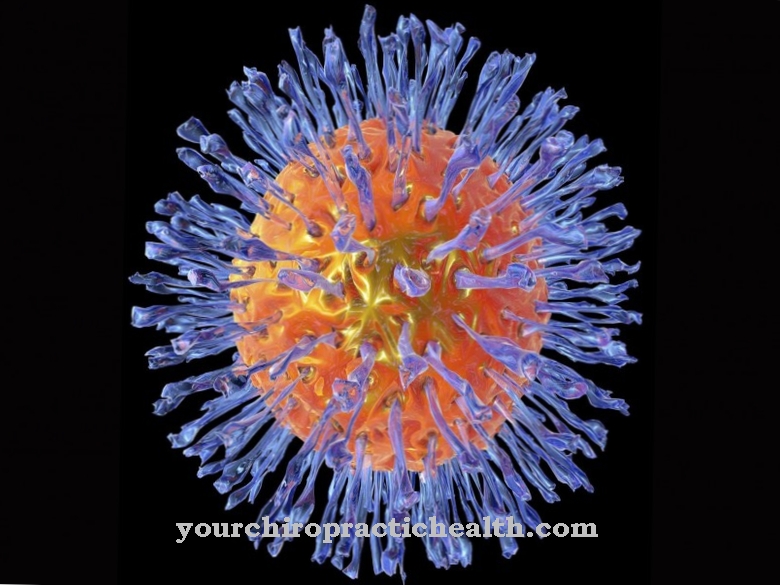
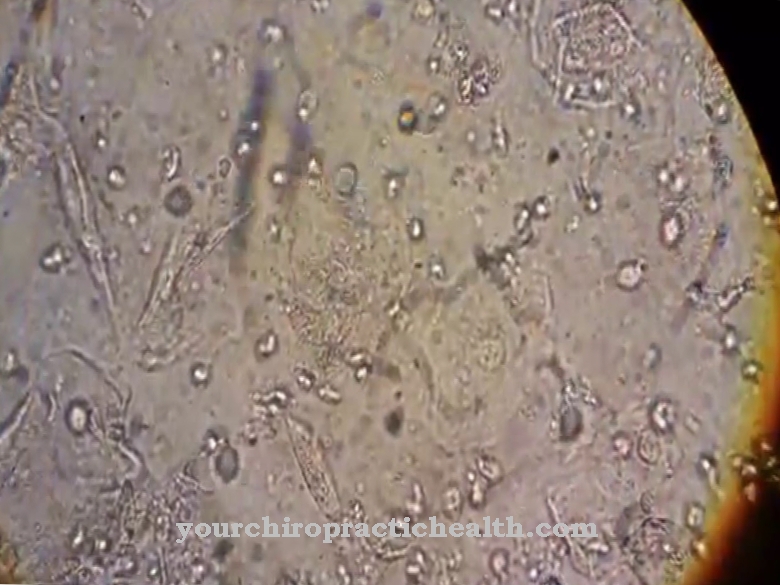
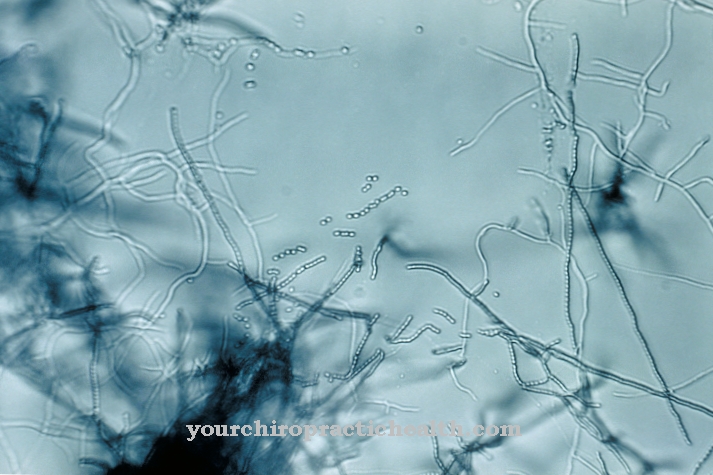

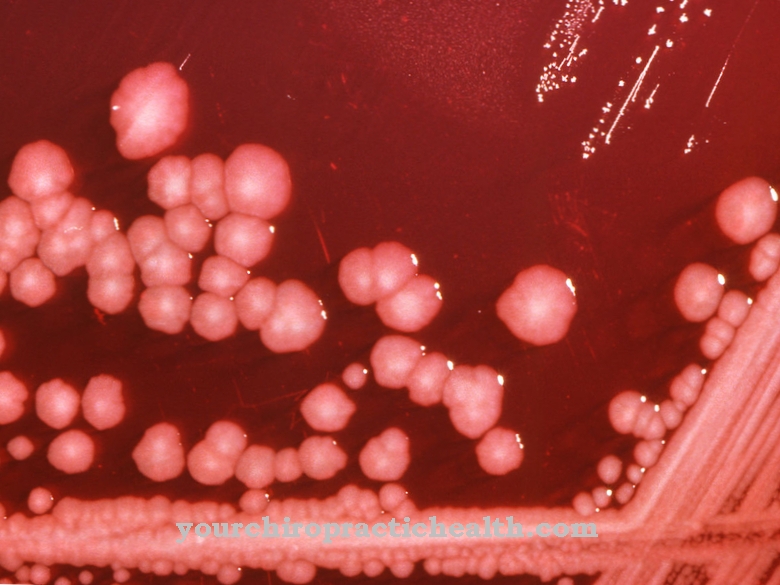
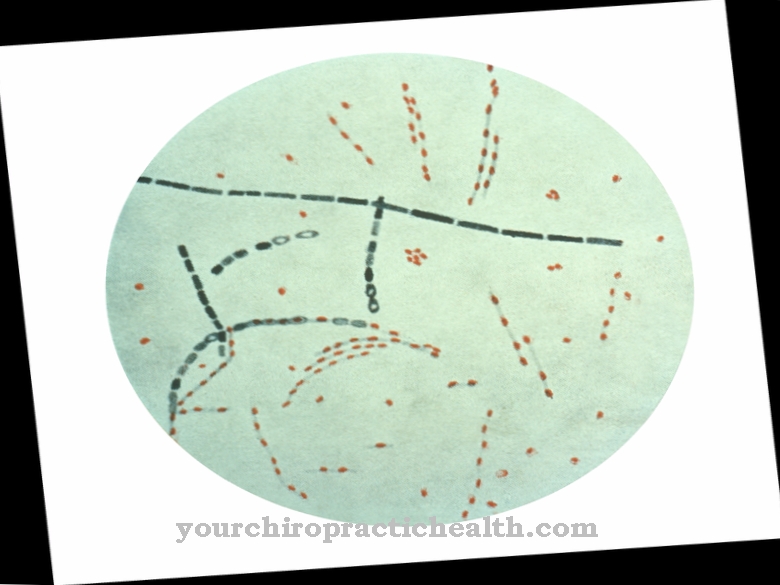






.jpg)

.jpg)
.jpg)











.jpg)